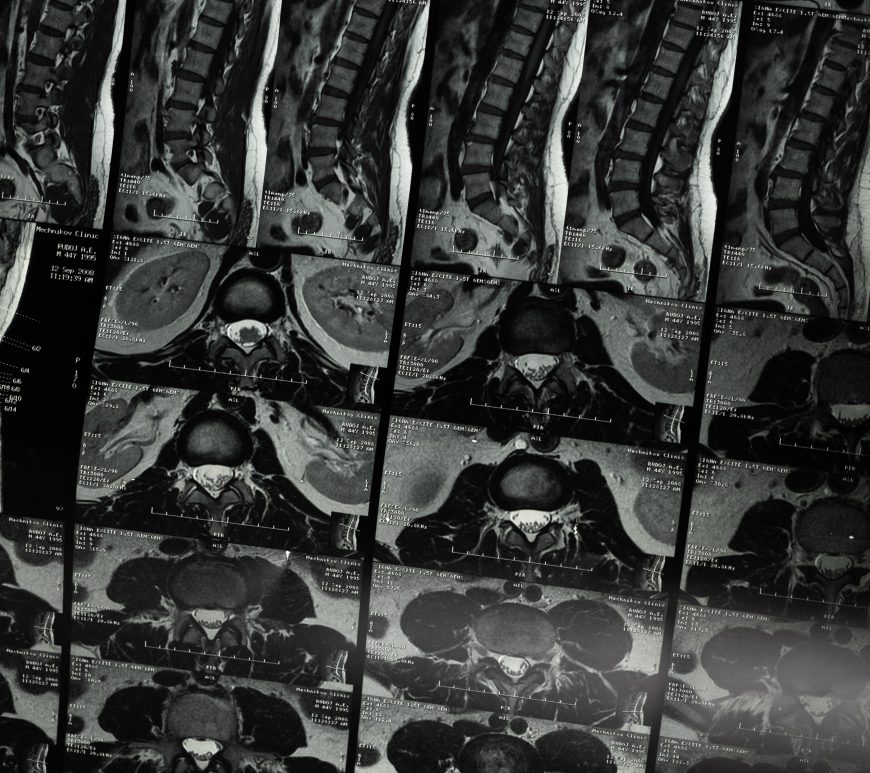Brudziński’s Obscure Cheek Sign
Purpose of Brudziński’s obscure cheek sign: To determine if the patient has inflammation of the meninges (meningitis) (1). Patient position: Lying supine. Examiner position: Standing beside the bed, facing the patient. Procedure: With the patient lying supine, apply pressure on both cheeks of the patient, inferior to the zygomatic arch. Outcome: Brudziński’s sign is a sign of meningeal irritation. If meningeal irritation is present, this … Continue reading Brudziński’s Obscure Cheek Sign
